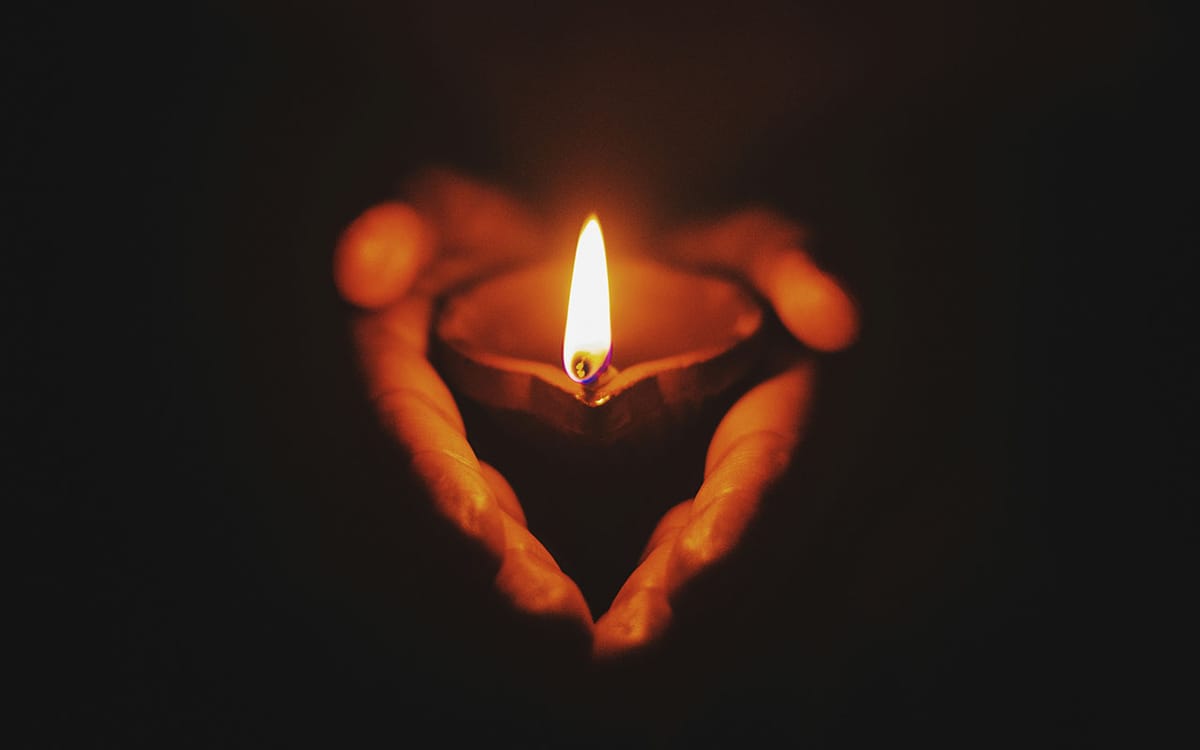Killing the Ego, Not the Body: Misreadings of Suicide and Martyrdom in Religion

In today’s climate of division and polarization, terms like extremism, radicalism, and ideological purity circulate with growing intensity. The pressure to think, speak, and act in the “right” way has never felt stronger. For some, this culminates in tragic extremes: suicide or martyrdom, often framed through a religious or ideological lens. To move beyond surface-level readings, it’s essential to ask what the world’s wisdom traditions actually say about death, the self, and liberation.
Ego-Death, Not Self-Destruction
Religious texts are often read as moral instruction, yet beneath the commandments and rituals lies a subtler message. Across traditions, the call is not to kill the body, but to see through the illusion of a fixed, separate self. What’s described as “dying” often means ego-death—the surrender of clinging, identity, and control. Misread literally, this spiritual metaphor turns into acts of violence or despair. Properly understood, it invites freedom from the story of “me.”
Christianity: Crucifixion and Surrender
When Paul writes, “I have been crucified with Christ” (Galatians 2:20), he points not to physical death but to surrender of ego. To “take up the cross daily” (Luke 9:23) is to let go of fear, ambition, and self-importance. Early martyrs like Stephen revealed this inner liberation; their deaths were not the cause of freedom but its outward expression. Suicide, by contrast, reflects despair rooted in identity. And when martyrdom is weaponized—as in the Crusades or modern extremism—the teaching of self-surrender is inverted into a tool of ego-driven violence.
Islam: Submission Beyond the Self
The very word Islam means surrender. The Quran forbids suicide (4:29), not only because life is sacred, but because ending one’s life affirms the ego’s story of unbearable suffering. True martyrdom (2:154) points to selfless service and dissolution of the self into God’s will—not a quest for glory or vengeance. When suicide bombings are framed as religious duty, they distort Islam’s essence. Instead of releasing the ego, such acts are driven by it.
Hinduism: Non-Attachment and Liberation
The Bhagavad Gita reminds us that the soul (atman) is eternal, untouched by birth or death. Krishna’s instruction to act without attachment (Gita 3:19) emphasizes ego-transcendence, not withdrawal or self-harm. Renunciation doesn’t mean fleeing life but surrendering the illusion that one is the “doer.” Liberation (moksha) comes through wisdom and clarity, not destruction of the body.
Taoism: Dropping the Illusion of Control
In the Tao Te Ching, Laozi writes: “In pursuit of the Tao, every day something is dropped” (ch. 48). What’s dropped is not the body, but resistance, control, and ego-identification. Taoist wisdom warns against forcing reality, whether through violent martyrdom or despair-driven suicide. Wu wei—effortless action—emerges when the false self no longer obstructs the flow of life.
Buddhism: Death of the Illusion, Not the Person
Buddhism teaches that clinging to a fixed self is the root of suffering. The Buddha’s first noble truth acknowledges suffering, but his path is not escape through self-destruction. Instead, it is the Eightfold Path—a way of seeing clearly and loosening attachment to identity, craving, and aversion.
Buddhist stories of self-sacrifice, such as the Jataka tales of the bodhisattva giving his body to feed others, are symbolic lessons in compassion and non-attachment, not prescriptions for suicide. They point toward a life lived free of self-centeredness, where compassion naturally outweighs egoic clinging. In this light, the real “death” in Buddhism is the death of ignorance—the fading of the illusion of “me.”
A Shared Wisdom
Despite different languages and symbols, Christianity, Islam, Hinduism, Taoism, and Buddhism point to a common truth: the real death is ego-death, not self-destruction. Phrases like “take up your cross,” “submit to Allah,” “act without attachment,” “drop what you are,” and “see that self is empty” all speak to dissolving the illusion of self, not abandoning life.
Human life is sacred because it provides the ground for awakening. The real problem isn’t life itself, but the ego that clings, fears, and seeks escape. True freedom arises when we see through this illusion—not when we end the body.
To treasure life is to understand: you are not here to kill the self. You are here to realize it was never real.




